Expert Tree Condition Evaluations
Tree diagnoses are essential assessments that determine the health, stability, and safety of trees within urban and rural environments. Accurate diagnosis helps prevent potential hazards, supports proper maintenance, and informs treatment plans to extend the lifespan of trees. Understanding the various factors involved in tree health can aid property owners and arborists in making informed decisions about tree care and management.
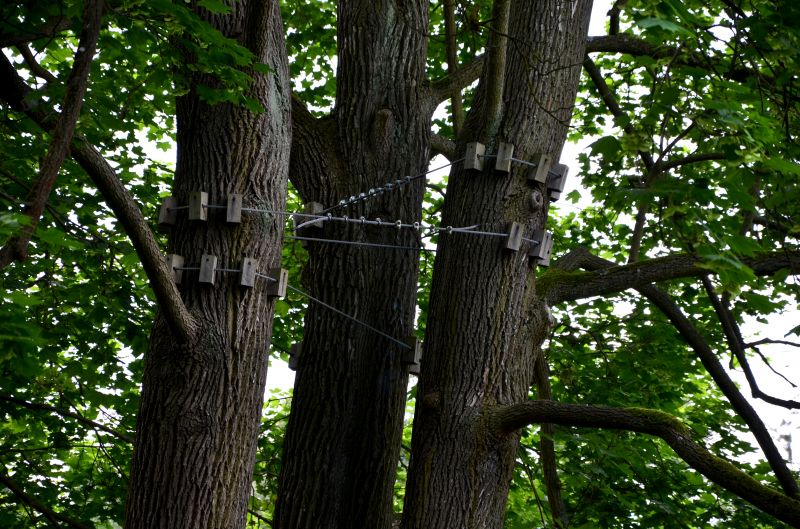
Assessment of a tree's structure to identify weaknesses or defects that could lead to failure.

Detecting signs of fungal infections, pests, or other diseases affecting tree health.
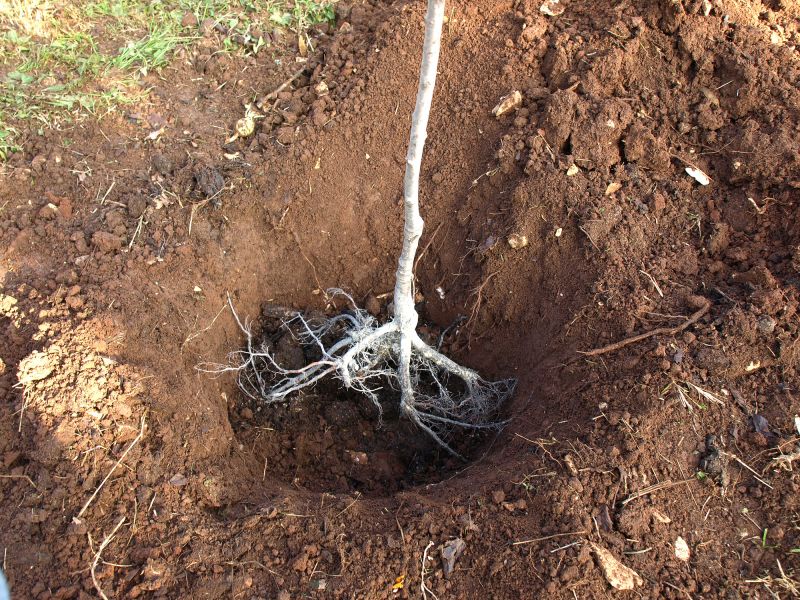
Examining root health and stability to prevent ground failure or uprooting.
Tree diagnoses involve a comprehensive process that includes visual inspections, diagnostic testing, and sometimes advanced imaging techniques. Professionals typically spend between one to three hours evaluating a single tree, depending on its size and complexity. This process ensures a thorough understanding of the tree's condition and helps identify potential risks before they become critical.
The Tree Diagnosis Process
The diagnosis begins with a detailed visual assessment, looking for signs of decay, structural issues, pest infestations, or disease symptoms. Diagnostic tools such as resistographs, sonic tomography, or soil testing may be used to gather additional information. The findings are then analyzed to determine the appropriate intervention or treatment plan, which may include pruning, cabling, soil amendments, or removal if necessary.
Hiring a professional ensures that the diagnosis is accurate and comprehensive. Experts have the training and equipment to identify issues that might not be visible to the untrained eye, reducing the risk of overlooking critical problems that could lead to tree failure or property damage.
Benefits of Professional Tree Diagnoses
Professional assessments can extend the life of a tree, improve safety, and prevent costly damage. Early detection of issues allows for timely intervention, which can save resources and reduce the likelihood of emergency removals. Additionally, accurate diagnosis supports informed decision-making regarding treatment options and ongoing maintenance.
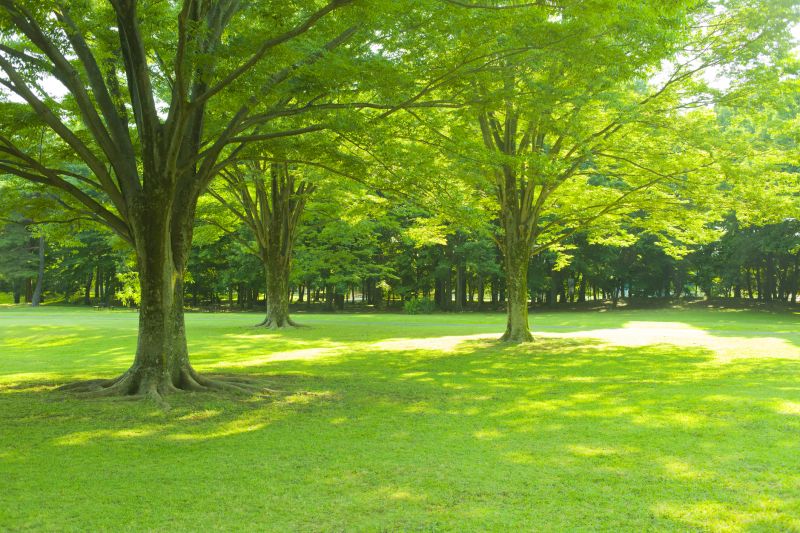
Regular diagnostics help maintain tree vitality and structural integrity.
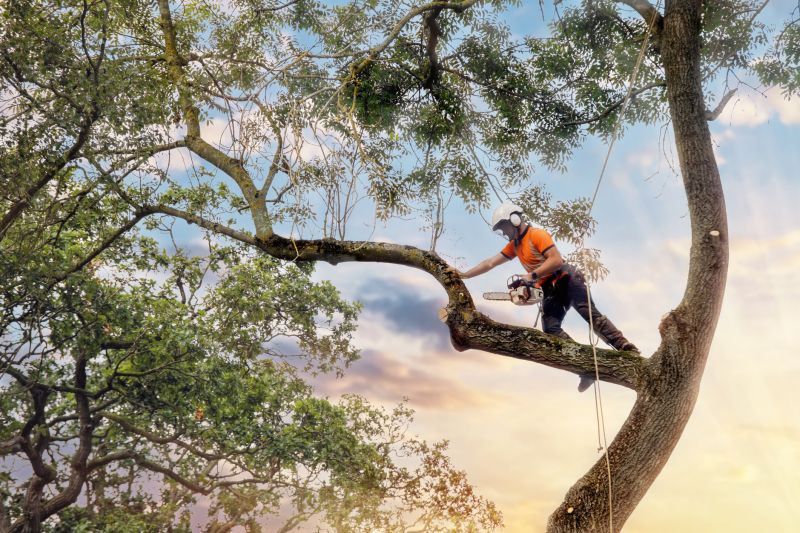
Early detection of hazards minimizes safety risks for property and people.
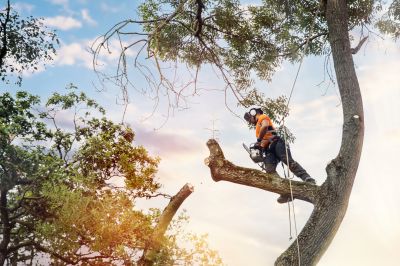
Identifying issues early reduces long-term treatment expenses.
Below are examples of completed diagnostics, showcasing the detailed work involved in assessing various tree conditions. These images demonstrate the thoroughness and precision required to accurately evaluate tree health and stability.

Tree with cabling installed after diagnosis revealed potential failure points.

Assessment confirmed the tree's good health and stability.

Treatment plan developed based on diagnostic findings of fungal infection.
To obtain a detailed tree diagnosis and ensure the safety and health of trees on a property, filling out a contact form is recommended. A professional assessment provides valuable insights and tailored recommendations for ongoing care.



